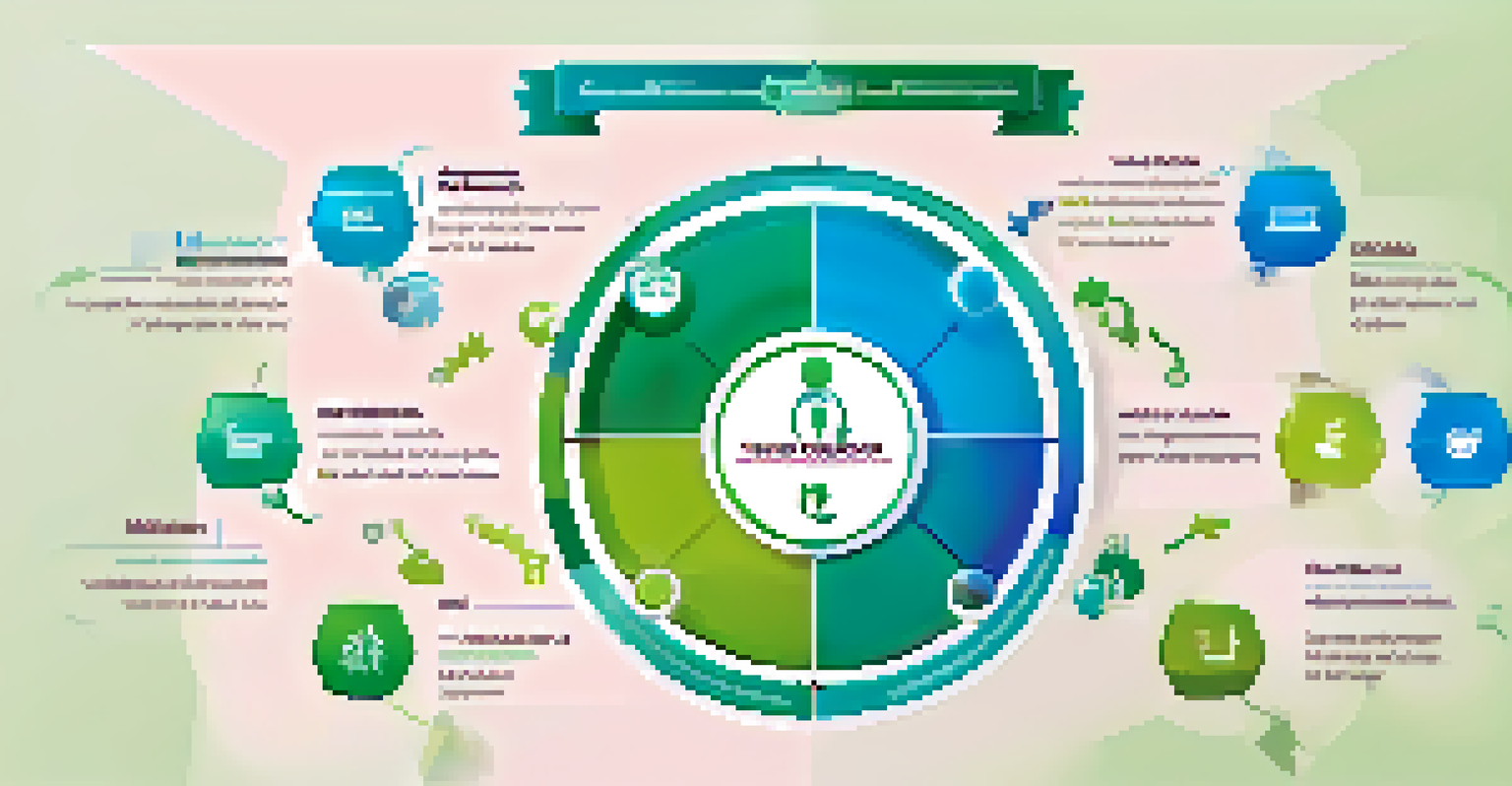Change Management Models: ADKAR, Kotter, and Lewin

What is Change Management and Why It Matters
Change management is the process of guiding individuals and teams through transitions within an organization. It's crucial because change can often lead to resistance, confusion, or even failure if not managed well. Effective change management ensures that employees understand the reasons behind changes and feel supported during the transition.
Change is the law of life. And those who look only to the past or present are certain to miss the future.
Think of change management like a bridge that connects where an organization is today to where it wants to be in the future. Without this bridge, employees may struggle to cross over and embrace new processes, technologies, or structures. This makes it essential for leaders to implement structured approaches to facilitate smooth transitions.
In essence, successful change management not only helps organizations achieve their goals but also fosters a culture of adaptability and resilience. This article will delve into three popular change management models: ADKAR, Kotter, and Lewin, each offering unique strategies to navigate the complexities of change.
Introducing the ADKAR Model of Change Management
The ADKAR model is a goal-oriented approach that focuses on the individual during the change process. Developed by Prosci, ADKAR stands for Awareness, Desire, Knowledge, Ability, and Reinforcement. Each element represents a critical step in ensuring that individuals not only understand the change but also commit to it.

For instance, awareness is about informing employees why change is necessary, while desire explores their motivation to support the change. By progressing through these five stages, organizations can effectively address the human side of change and minimize resistance.
Importance of Change Management
Change management is essential for guiding individuals and teams through transitions, ensuring clarity and support during the process.
Ultimately, the ADKAR model emphasizes that successful change is built on individual transitions. When employees are engaged and equipped to adapt, organizations are more likely to achieve their desired outcomes.
Understanding Kotter's 8-Step Change Model
John Kotter's 8-Step Change Model is another popular framework that outlines a comprehensive process for managing change. This model emphasizes creating a sense of urgency and building a guiding coalition to lead the change effort. Each step is designed to help organizations navigate the complexities of change incrementally.
The greatest danger in times of turbulence is not the turbulence; it is to act with yesterday's logic.
For example, the first step involves establishing urgency, which can be seen as rallying the troops before a big battle. Leaders must communicate the importance of the change to inspire action. The subsequent steps focus on creating a vision, communicating that vision, and empowering others to act, which are critical to maintaining momentum.
Kotter's model is particularly valuable because it recognizes that change is not a one-time event but a continuous journey. By following these eight steps, organizations can create lasting change and embed new behaviors into their culture.
Exploring Lewin's Change Management Model
Kurt Lewin's Change Management Model is one of the earliest frameworks that provides a simple yet effective way to understand change. It comprises three main stages: Unfreeze, Change, and Refreeze. This model likens the change process to melting and freezing ice, making it easy to visualize.
In the Unfreeze stage, organizations prepare for change by breaking down existing mindsets and practices. This is akin to warming up ice to make it malleable. The Change stage involves implementing new processes, while the Refreeze stage ensures that these changes are solidified into the organization's culture.
Three Key Change Models
ADKAR, Kotter, and Lewin offer distinct approaches to change management, focusing on individual transitions, structured leadership, and simple processes respectively.
Lewin's model highlights the importance of preparing for change and reinforcing new behaviors, making it relevant even in today's fast-paced environments. By following these stages, organizations can create a supportive atmosphere that encourages adaptability.
Comparing the Three Change Management Models
While ADKAR, Kotter, and Lewin each offer unique perspectives on change management, they share common elements that highlight the importance of communication and engagement. ADKAR focuses on the individual, emphasizing personal transitions, while Kotter provides a structured process with clear steps for leaders to follow.
On the other hand, Lewin’s model offers a straightforward approach that emphasizes the need for preparation and reinforcement. The distinction lies in how each model addresses change: one through individual transformation, another through structured leadership, and the last through a simple three-step process.
Understanding these differences allows organizations to choose the model that best fits their culture and specific change initiatives. Ultimately, the right approach can lead to a more successful transition and a more resilient organization.
Real-World Applications of Change Management Models
Change management models are not just theoretical; they have practical applications in various industries. For instance, a tech company undergoing a software upgrade might use the ADKAR model to ensure employees are adequately trained and motivated to embrace the new system. This tailored approach helps address individual concerns and builds confidence in the transition.
Similarly, a healthcare facility looking to implement new patient care protocols might adopt Kotter's model to create urgency and develop a coalition of leaders who champion the change. This structured approach can help ensure that staff are aligned and engaged throughout the process.
Challenges in Change Implementation
Organizations often face resistance, alignment issues, and sustainability challenges when implementing change management models.
In contrast, a manufacturing company might find Lewin's model beneficial when introducing new machinery. By first preparing the workforce, then implementing the change, and finally solidifying new practices, they can minimize disruption and build a culture of continuous improvement.
Challenges in Implementing Change Management Models
Despite the benefits of using change management models, organizations often face challenges during implementation. Resistance from employees is a common hurdle, as individuals may feel uncertain about the changes or fear for their job security. This highlights the need for effective communication and support throughout the process.
Additionally, organizations may struggle with aligning their change initiatives with their overall strategy. Without clear alignment, employees can become confused about the direction of the change and its purpose. This is where models like Kotter's can help by providing structured steps that ensure everyone is on the same page.

Finally, the sustainability of change can also be a challenge. Organizations must continually reinforce new behaviors and practices; otherwise, they risk reverting to old habits. This is why models like ADKAR stress the importance of reinforcement to ensure lasting change.
Key Takeaways on Change Management Models
Change management models provide frameworks that can guide organizations through transitions effectively. Whether through the individual focus of ADKAR, the structured steps of Kotter, or the simplicity of Lewin, each model offers valuable insights. Understanding these models can empower leaders to select the right approach for their specific context.
Moreover, successful change management hinges on communication, engagement, and support. By prioritizing these elements, organizations can minimize resistance and foster a culture of adaptability. Ultimately, the goal is to ensure that change is not just accepted but embraced.
In conclusion, leveraging change management models can enhance an organization's ability to navigate shifts in the business landscape. By understanding and applying these frameworks, leaders can create a more resilient and responsive organization.